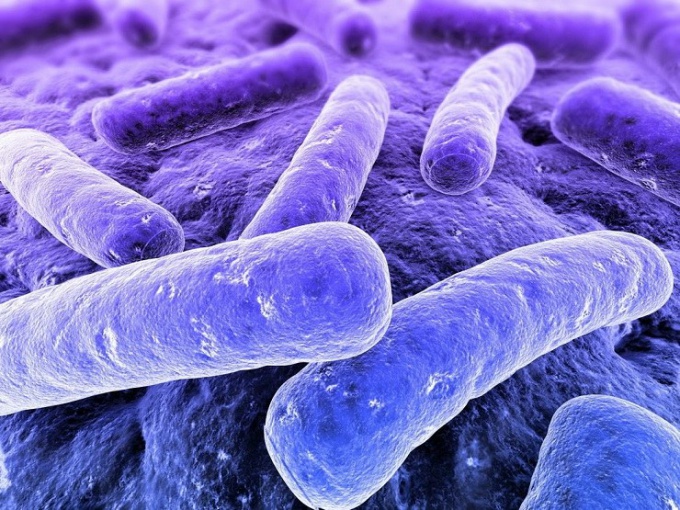How to prevent the growth of harmful bacteria
This kind of microorganisms is an enviable fertility and can double their number every 20 minutes. Besides the nutritional environment of food - bacteria require certain conditions: moisture and a fairly wide temperature range – from +5 to 63оС, this is the most comfortable temperature for them is the bedroom.
Therefore, if not to kill bacteria, then at least to stop them breeding is possible, putting the products in such temperature conditions in which this process is completely slows down. If you store food at temperatures above 0 ° C but below 5 ° C or subjected to heat treatment at a temperature above 63оС , you can not only keep them fresh but also to preserve all their useful properties.
Freeze or fry?
In that case, when you are determined and fight disease-causing bacteria for life and death, high and low temperatures will help you in this. The temperature that killed certain bacteria depends on the species or model. Most bacteria and protozoa are killed if you hold them for 10 minutes at a temperature of 70 ° C, but some viruses survive even prolonged boiling in water the temperature of which is 100C. If we use the mode of sterilization in an autoclave at a temperature of 165-170оС, all spores and micro-organisms will die in 1 hour. Some particularly hardy spore-forming viruses are able to withstand several tens of minutes at a temperature of 200oC.
Easily adapt the microorganisms to low temperatures. There are those that remain viable at temperatures from -20 to -45 ° C, but naturally, the development of pathogenic micro-organisms in such conditions does not occur. Psychrophilic microorganisms are killed at temperatures below -5 or -7оС. The most resistant to frost fungi and yeast, they are completely lost, while retaining the ability to reproduce when migrating to more favorable conditions. Faster at low temperatures the bacteria die, do not form spores.
If you freeze foods slowly, the bacteria will die in large numbers because the resulting ice crystals will destroy their protoplasm and cell membrane. Therefore, when the temperature of -3 or + 4oC microorganisms die in greater numbers than at low. It is established that at a temperature of from -5 to -10 ° C survive only 2.5% of bacteria at-15 ° C – more than 8%, and if you put them immediately in a chamber with temperature of -24C, will survive 53% of microorganisms.
